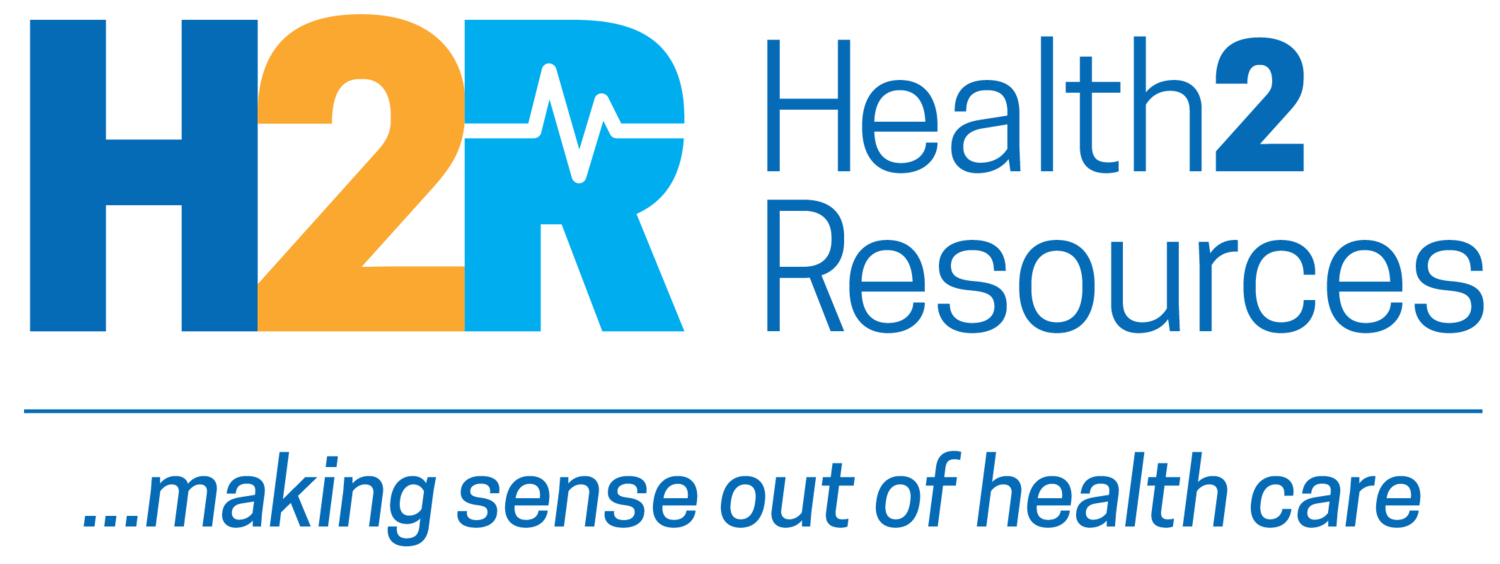October 15, 2020 | Making hugs safe again
INDUSTRY NEWS
Work-based insurance costs rose pre-pandemic
The cost of job-based health insurance averaged more than $21,000 for families and almost $7,500 for individuals in 2020—roughly 4% higher than 2019, according to new survey data from the Kaiser Family Foundation. These costs only accounted for coverage offered heading into 2020, and therefore didn't factor in the coronavirus pandemic. The bottom line? “If you get your health insurance through work—as a plurality of Americans do—it continues to consume more of your compensation because of the high prices and administrative costs throughout the health care system.” (Axios)
Lyft, Epic announce integration
Lyft last week announced an integration with Epic EHR system, marking the ride-sharing company's latest step into health care. Through the new program, staff at participating hospitals will be able to use a patient's medical record to order Lyft rides if they need help traveling to or from non-emergency medical appointments. Lyft already has an integration with Allscripts, and Uber has one with Cerner. Lyft and Epic say they plan to measure how patients' use of the rides affects population health and costs. So far, Modern Healthcare reports, research results on the issue have been mixed. (Modern Healthcare*)
INNOVATION & TRANSFORMATION
Rivercross Hospice in Wellington, Kansas has come up with a way for people to safely embrace loved ones in long-term care facilities: a “cuddle curtain.” It’s a plastic sheet with four holes—two on each side—for people on each side of the curtain to put their arms through. Plastic sleeves cover the arms and participants wear plastic gloves when using the curtain. Any nursing home can ask to borrow the curtain, and the Rivercross staff will bring it to the facility, set it up and show them how to use it. (The Hutchinson [KS] News)
Comparison improves cancer stage EHR documentation
Researchers writing in JAMA Network Open report a 9-percentage point increase in cancer stage EHR documentation when researchers send out an email comparing the rates at which different oncologists documented cancer stage into the EHR. The pilot quality improvement intervention “provides evidence that peer comparison feedback is a potential tool to change EHR documentation behavior among physicians. These results can be used to increase health systems’ ability to leverage the EHR to track and measure performance in oncology practices,” researchers conclude. (EHR Intelligence; JAMA Network Open)
CONSUMERS & PROVIDERS
Virtual scribes in the era of COVID
Scribes aren’t new, of course. But before COVID-19, most scribes worked in the exam room near the doctor and patient. Because of the pandemic, many scribes were laid off or furloughed. They’re returning, but working remotely—even from the other side of the world, Kaiser Health News reports. Scribes are patched into the exam room’s sound system. Some have help from speech-recognition software programs that grow more accurate with use. (Kaiser Health News)
Unemployment associated with pediatric hospitalizations
Increased unemployment is associated with increases in pediatric hospitalizations, according to research published in Health Affairs. A 1% increase in unemployment was associated with a 5% increase in hospitalizations for substance abuse, a 4% increase for diabetes, a 2% increase for children with medical complexity and a 2% increase for poisoning and burns. Mean pediatric all-cause hospitalizations increased by 2% for every 1% percent increase in unemployment. Interestingly, hospitalizations for mental health were not associated with unemployment. (Health Affairs)
NEW & NOTED
Temporary drop in insurance rates? A projected decline in health care costs may keep insurance rates in check in 2021; several states, including Hawaii and Oregon, expect rates to drop. However, the continued pandemic is raising concerns about potential spikes in 2022 and beyond. (Roll Call)
Getting the children fed: Chicago-based Lurie Children's Hospital is launching a food delivery program for patients and their families facing food insecurity, thanks to a $150,000 grant from the Cigna Foundation. The grant also pays for social workers and employees to run the program. (Becker's Hospital Review; announcement)
Moving imaging from hospitals: Cigna has tightened limits on imaging. In August, it became the third major payer to restrict coverage for most advanced imaging (e.g., MRIs and CT scans) when performed in a hospital-based department or facility. Cigna said its new rules are meant to direct patients away from expensive hospitals toward lower-cost facilities. (Modern Healthcare*)
MULTI-MEDIA
As part of its 2020 benchmark KFF Employer Health Benefits Survey results, the Kaiser Family Foundation has shared a graphing tool that allows users to look at changes in premiums and worker contributions for covered workers at different types of firms over time. (Interactive tool)
MARKETVOICES...QUOTES WORTH READING
“Food insecurity is a problem with causes that go beyond individual and family factors. Economic disinvestment, food-related policy, and other factors at the city, state, and federal levels greatly influence people’s access to healthy food. It is critically important for us to address these ‘upstream’ social influencers of health even as we partner with families in order to achieve optimal health outcomes for their children.”—Part of a prepared statement by Adam Becker, PhD, MPH, executive director of the Consortium to Lower Obesity in Chicago Children housed at Lurie Children’s, and associate professor of pediatrics at Northwestern University Feinberg School of Medicine, discussing Lurie’s new food-delivery initiative.
